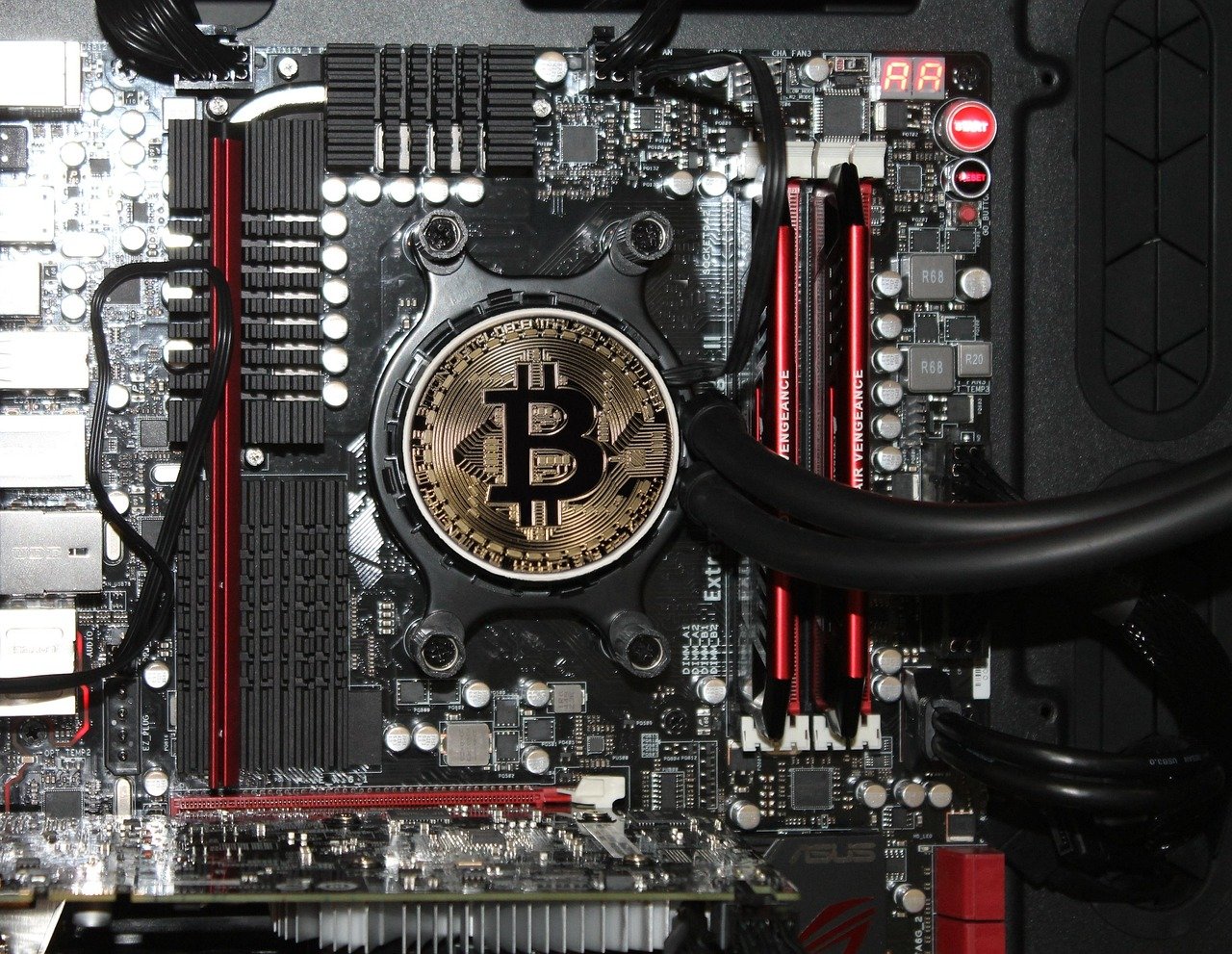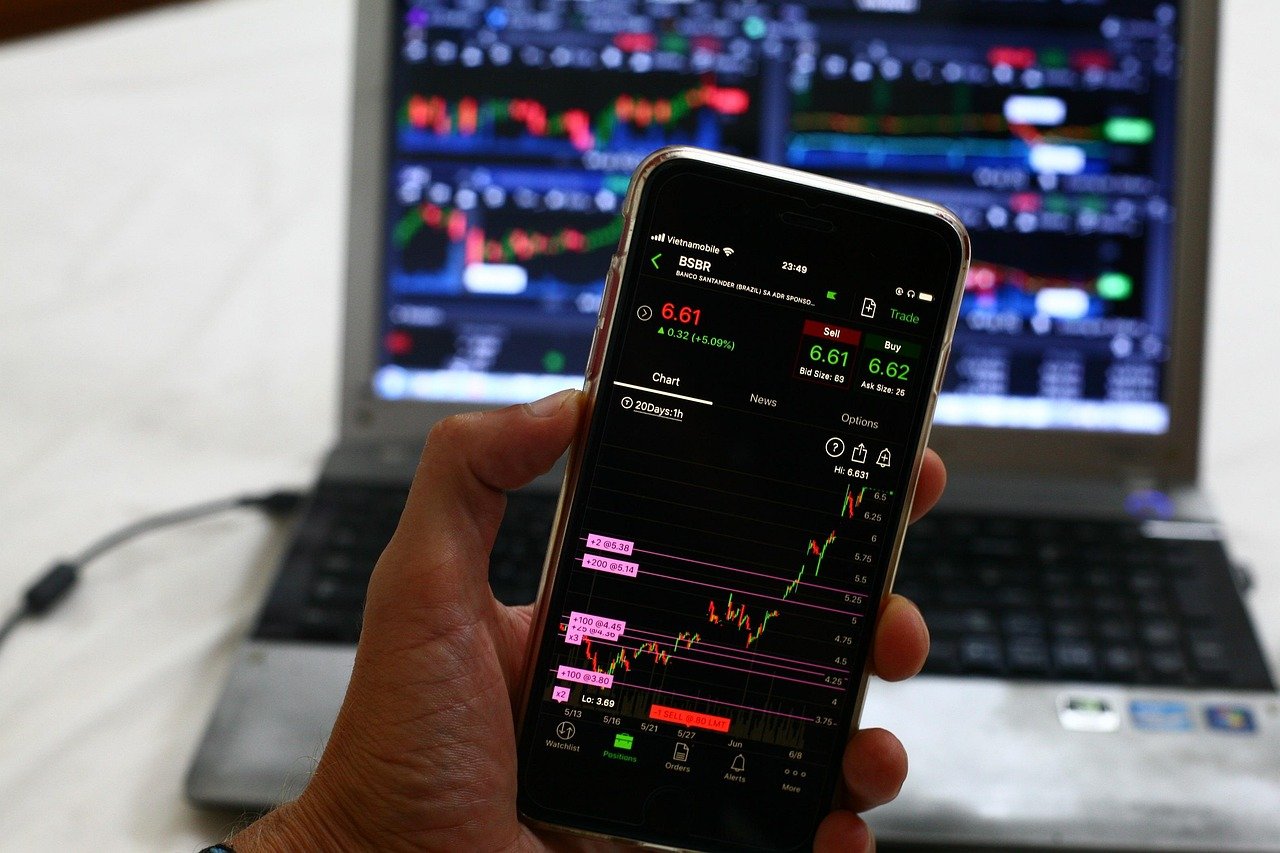Cryptocurrency mining has become a cornerstone of the digital asset ecosystem. As more individuals and institutions seek to understand how to validate transactions, secure blockchains, and earn rewards, various platforms and services come into focus. One such reference in the crypto and finance space is fintechzoom.com. In this article, we dive deep into the concept of crypto mining as presented in relation to fintechzoom.com, analyzing the technical, financial, and regulatory dimensions. Whether you’re a newcomer trying to grasp mining fundamentals or an experienced investor exploring strategic angles, this guide offers clarity using case examples, best practices, and forward-looking insights.
We will explore twelve major facets each heading explicitly titled with the phrase fintechzoom.com crypto mining while ensuring the body remains rich in semantic and related keywords (e.g. “mining hardware,” “blockchain validation,” “mining profitability,” “hashrate,” “energy efficiency,” “regulatory compliance,” “altcoin mining,” “pool mining,” etc.). Let’s begin.
What is fintechzoom.com crypto mining?
At its core, crypto mining refers to the process by which transactions are validated, and new digital coins are created, by solving cryptographic puzzles using computing power. In the context of fintechzoom.com crypto mining, the term brings together a financial-information portal (FintechZoom) and the practice of mining, suggesting a thematic exploration of mining economics, news, and analytics as discussed or aggregated by FintechZoom.
This heading sets the stage: we examine how platforms like FintechZoom report on mining, how readers engage with mining content, and how mining strategies relate to financial analysis, price forecasts, and industry news.
How fintechzoom.com crypto mining Works: Basics
Understanding mining mechanics is essential. Here we break down how mining functions:
Proof-of-Work and Consensus
- Miners compete to solve a complex cryptographic puzzle (the “nonce”) to propose the next block.
- The first to solve it broadcasts it to the network; others verify validity.
- This process ensures decentralized consensus and security.
Hashrate and Difficulty
- Hashrate = number of hash computations per second your rig performs.
- Network difficulty adjusts to maintain average block time (e.g. Bitcoin ~10 minutes).
- Rising miner participation increases overall difficulty, requiring more performance.
Mining Rewards and Transaction Fees
- New coins are awarded (block subsidy) + transaction fees from included transactions.
- Over time, block subsidy often halves (e.g. Bitcoin’s halving), shifting reliance to fees.
Mining pools, solo mining, and cloud mining are also critical auxiliary strategies for distributing risk and rewards.
fintechzoom.com crypto mining and Blockchain Technology
Blockchain is the underlying ledger that mining supports. Here’s how:
- Immutable ledger: mining ensures blocks are appended in a tamper-resistant chain.
- Security via decentralization: widespread miners prevent single-point control.
- Forks and consensus shifts: when protocol changes (e.g. hard forks, algorithm switches), miners must adapt.
By analyzing how FintechZoom might track blockchain metrics hashrate trends, block times, network growth the relationship between mining and blockchain transparency becomes clearer.
Hardware Requirements in fintechzoom.com crypto mining
Mining hardware is a core input. Consider:
ASICs vs GPUs
- ASICs (Application-Specific Integrated Circuits): tailored for one algorithm (e.g. SHA-256). High efficiency, but no flexibility.
- GPUs (Graphics Processing Units): more flexible (support multiple algorithms). Less efficient than ASICs for specific tasks, but versatile for altcoins.
Key Hardware Metrics
- Energy efficiency (Joules per hash)
- Hashrate per dollar invested
- Lifespan and thermal management
Supporting Infrastructure
- Power supply units (PSUs)
- Cooling systems (fans, liquid cooling)
- Racks and physical layout
- Network connectivity and redundancy
Software Tools for fintechzoom.com crypto mining
The role of mining software, management suites, and optimization tools is essential. Some categories:
Mining Clients and Miners
- Open-source clients like CGMiner, BFGMiner, Ethminer (for Ethereum), etc.
- Vendor-provided firmware and interfaces.
Monitoring and Control Tools
- Dashboard systems to monitor temperature, hashrate, uptime.
- Remote access tools (e.g. SSH, web UI).
- Firmware tuning and overclock utilities.
Pool Software and APIs
- Plugins or APIs to submit shares, track payouts.
- Integration with payment systems or wallet interfaces.
Energy Consumption and Cost Analysis in fintechzoom.com crypto mining
Energy is typically the largest ongoing cost in mining. Key considerations:
Power Consumption Metrics
- Measure in kilowatt-hours (kWh).
- Efficiency is often expressed in Watts per Megahash or Gigahash.
Electricity Pricing and Rates
- Miner must know local cost per kWh (off-peak, day rate, industrial tariffs).
- Compare to mining yield to estimate breakeven.
Cooling and Overhead Energy
- HVAC, airflow, humidity control, lighting, fans add additional load.
- Efficiency of cooling systems is critical in hot climates.
Cost Modeling
- Initial capital expenditure (CAPEX)
- Operating expenses (OPEX)
- Payback period and ROI
fintechzoom.com crypto mining Profitability Factors
Profit is influenced by multiple variables:
- Hashrate share – Your share of the total network hashrate
- Difficulty adjustments – Increases reduce earnings for constant hardware
- Electricity rate – Lower cost gives competitive edge
- Block rewards + fees – Higher fees or block subsidies increase yield
- Uptime and downtime – Maintenance or failures reduce profit
- Hardware depreciation – Compute hardware loses value or becomes obsolete
Real-world example: If you contribute 0.01% of total network hashrate and reward is 6.25 BTC per block, you receive 0.000625 BTC per block minus fees and share commission.
Risks and Challenges of fintechzoom.com crypto mining
Mining presents several risks:
- Volatile coin price
- Difficulty escalation
- Hardware failures
- Regulatory uncertainty
- Security risks
- Environmental scrutiny
Mitigation strategies include diversification, reserve capital, insurance, and robust monitoring.
Regulation and Legal Aspects of fintechzoom.com crypto mining
Mining legality varies by jurisdiction. Topics to consider:
- Licensing and permits
- Tax treatment of mining income
- Electricity subsidies or restrictions
- Environmental regulation
- AML and KYC compliance
Case Studies Related to fintechzoom.com crypto mining
Case Study 1: Industrial Mining Farm
A hydropower-backed 10 MW ASIC farm achieved ROI in 18 months due to cheap electricity and favorable regulation.
Case Study 2: GPU Altcoin Mining Collective
A small group mined niche coins with GPUs, switching algorithms to maximize yield. They profited during volatile periods and later consolidated earnings.
Alternative Strategies Beyond fintechzoom.com crypto mining
- Staking (Proof-of-Stake)
- Masternodes
- Cloud mining contracts
- Yield farming in DeFi
- Long-term holding or trading
Future Trends for fintechzoom.com crypto mining
- Greener energy adoption
- Next-gen ASICs
- New algorithms and consensus models
- Distributed small-scale mining
- AI-driven optimization
- Clearer regulations
Summary and Call to Action
In this comprehensive guide, we’ve navigated twelve major dimensions of fintechzoom.com crypto mining from mechanics to profitability, hardware, risks, regulations, and future outlook. Mining can be rewarding, but it demands careful planning, infrastructure investment, and adaptability.
If you’re ready to explore mining opportunities or want help selecting hardware, estimating ROI, or tracking mining news stay informed and dive deeper into resources that provide transparent, real-time insights.
FAQs
1. What is fintechzoom. com crypto mining all about?
It refers to how FintechZoom presents, aggregates, or analyzes the dynamics of cryptocurrency mining (hardware, economics, news, and trends).
2. Can small miners succeed under fintechzoom. com crypto mining models?
Yes efficient hardware, mining pools, and cost control make it possible for smaller players.
3. What are the biggest challenges in fintechzoom. com crypto mining?
Volatile coin prices, energy costs, rising difficulty, and regulatory changes.
4. How do hardware upgrades impact fintechzoom. com crypto mining profitability?
More efficient ASICs or GPUs boost hashrate per watt, reducing electricity costs and increasing ROI.
5. Is regulation a major risk for fintechzoom .com crypto mining operations?
Yes laws around taxation, energy use, and environmental policies affect mining viability.
6. Are there alternatives to fintechzoom .com crypto mining that offer rewards?
Yes staking, masternodes, DeFi yield farming, and trading are viable alternatives.
7. What trends should miners watch under the fintechzoom .com crypto mining framework?
Green energy, AI-driven optimization, better hardware, and evolving global regulations.











